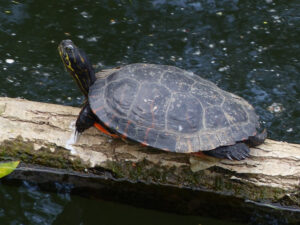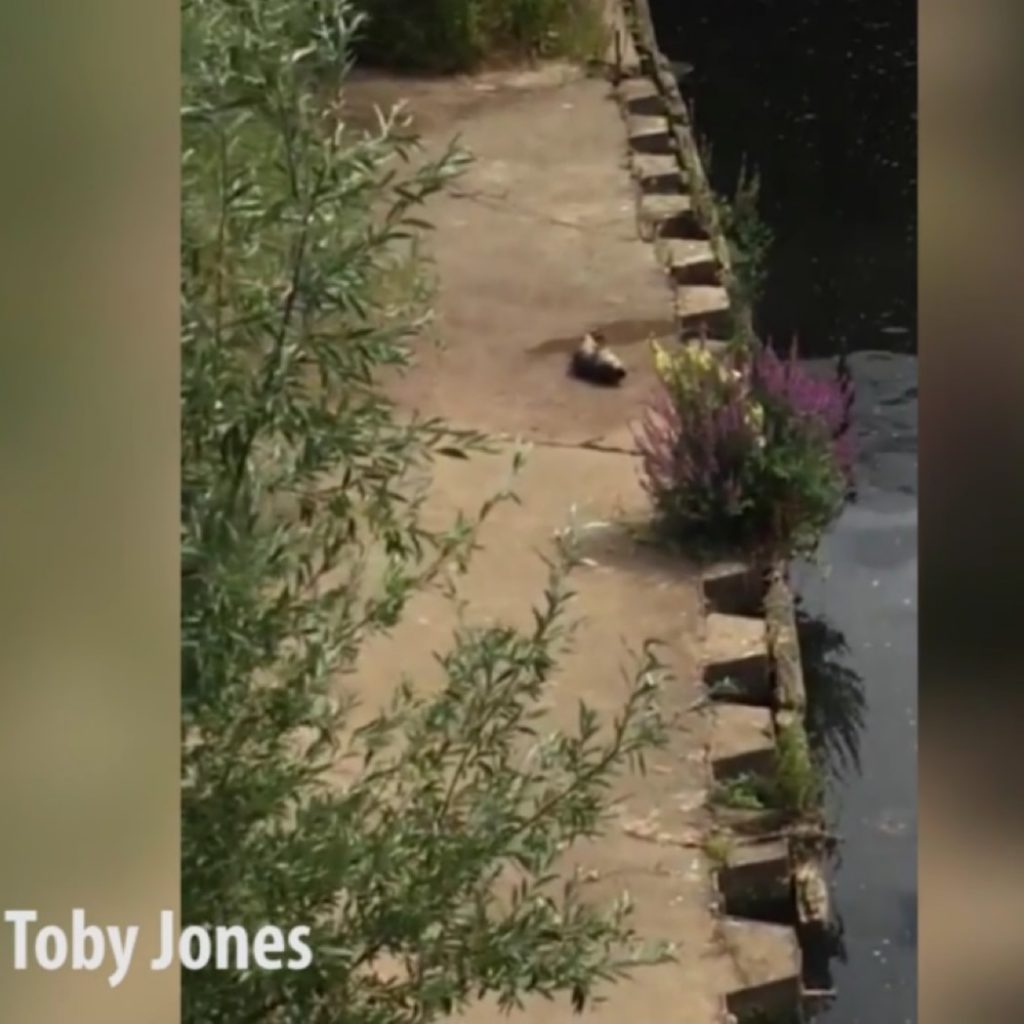Seal numbers in the Greater Thames Estuary have increased almost back to their natural rates thanks to a conservation project, after being hunted for fur and meat.
While they do mainly hang around in the estuary, I know that one has recently been spotted by Molesey residents. The ZSL says the Thames is a “thriving habitat for wildlife”, and a 2016 survey estimated around 964 harbour seals and 1,552 grey seals in the Thames Estuary. Seals often come up the rivers following their food, although the seal in East Molesey has made it much further up-river than most, due to the lock at Teddington. The ZSL encourages people to report sightings of seals or any other marine mammals, such as porpoises or dolphins, in the Thames via its Marine Mammal Map. http://sites.zsl.org/inthethames/
The once-prevalent salmon is now rare due to overfishing, but is occasionally spotted on Environment Agency camera traps migrating upstream between October and January, such as at Famously, in 2006, a Northern Bottlenose Whale swam up the Thames until becoming stranded near Battersea and sadly not surviving. It is now in the National Research Collection at the Natural History Museum.
In 2013, a pod of porpoises was spotted near Tower Bridge and a small pod of dolphins was seen in Bermondsey. Recent improvements in water quality and availability of fish brings these animals to the Thames in search of food. What’s the Thames Barrier to stand between a porpoise and its lunch?
Otters are often the hardest to reintroduce to a habitat, so the fact that sightings are on the up (one was spotted on the River Lee a few years back, and they are approaching the western boundaries of the Thames catchment), shows that the waters are once again in excellent health, providing plenty of fish for Tarka and co. to get stuck in to. However, buildings, walls and roads create barriers that they cannot currently get around, accounting for why they are often seen in urban Thames areas.
Although originally native to Britain around 8,000 years ago, the red-eared terrapin has returned, transported from the USA as pets during the Teenage Mutant Hero Turtles cartoon craze of the 1980s.Today, these pets have grown to the size of a dinner plate and developed enough strength to break free of their tanks. Their subsequent, and irresponsible, release into the wild has prompted fears for the health of local wildlife, as well as the terrapins themselves who are ill-equipped to survive in the damp British climate.
Terrapins, along with tortoises and turtles, are known as Chelonians – reptiles with shells. They are almost totally aquatic but also need dry land to bask on during sunny days. The photo above was taken by your truly of a terrapin basking recently at the bottom of our garden.


